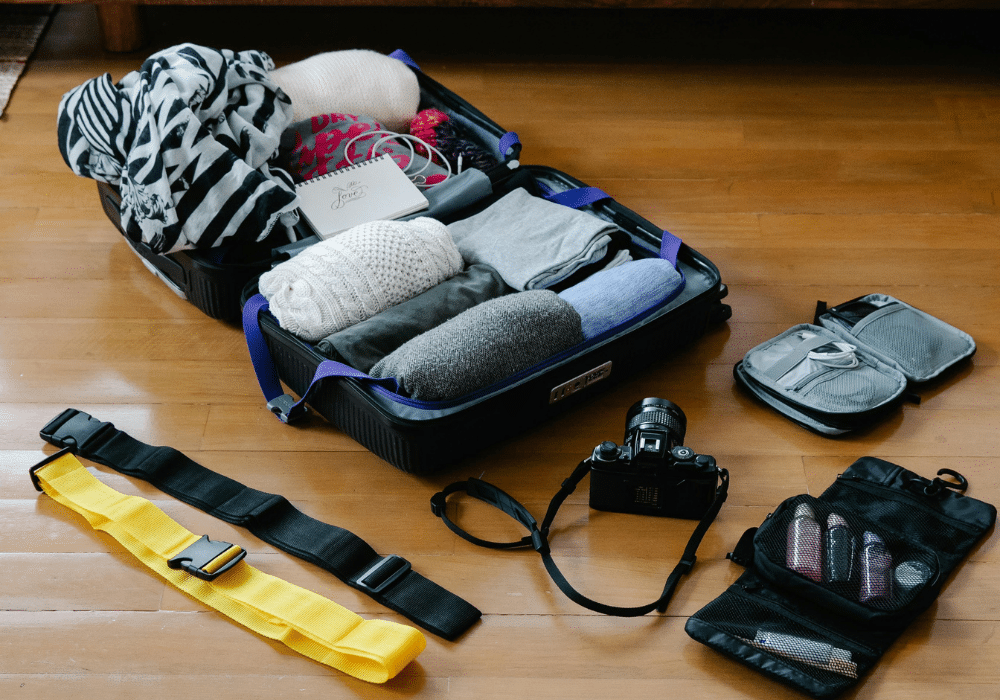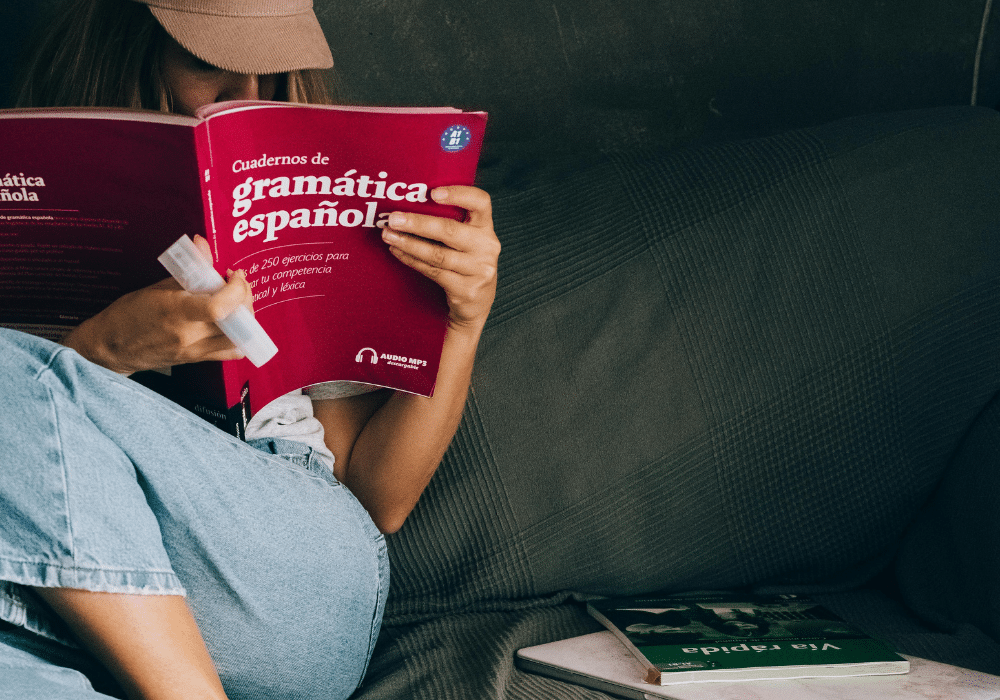A 6-Step Plan for Seeing the World on a Student’s Budget
Traveling is often seen as a luxury, and luxuries typically come with a hefty price tag. Financial challenges are inevitable, whether you’re planning to study abroad or are simply seeking a new adventure. However, with a solid plan and dedication, it’s entirely possible to explore the world without breaking the bank! Here’s a six-step guide to creating a budget to travel affordably during your study abroad experience.
Step 1: Calculate Your Overall Budget
Before discussing your study abroad expenses, it’s crucial to determine your total available funds for the trip. Whether your trip is self-funded or you’re receiving financial help from family, friends, or financial aid, understanding your overall budget is essential. This big-picture view will serve as a foundation for later allocating funds to specific categories.
Step 2: Convert Your Currency
Many travelers are surprised by how currency exchange rates can impact their budgets. Once you know your total funds, use an online currency converter to see how your money translates into the local currency of your destination. This will give you a more accurate idea of what you’ll be working with, and help you plan accordingly when creating a budget.
Step 3: Prioritize Your Essentials
Start by identifying the essentials—tuition, food, and transportation. These core expenses must be accounted for before considering any leisure activities. All of our study abroad programs provide housing, so check with your advisors if your financial aid covers accommodation or any other parts of your tuition abroad. If it does, that’s one less significant expense to worry about! Additionally, set aside 10-15% of your budget for emergencies—you never know when an unexpected expense might arise.
Step 4: Get a Student Discount Card
A student discount card can save you significant money during your travels. These cards offer discounts on everything from museum tickets to public transportation and dining out. Explore different student discount cards and choose the one that provides the most relevant discounts based on your travel plans.
Step 5: Budget for Your “Wants”
Here’s where things get fun—but challenging. It’s essential to make room in your budget for the activities you want to enjoy. After all, part of studying abroad is soaking in the local culture and experiences. Consider these key categories when planning your “fun money”:
- Excursions: Plan for more extensive trips or tours on your must-do list. Don’t forget to include transportation, meals, and entrance fees in your estimates.
- Nights Out: You’ll want to enjoy nights out with new friends, so allocate funds for spontaneous outings. A monthly budget can help ensure you don’t overspend early on.
- Souvenirs: Bringing home mementos for yourself and gifts for loved ones is often part of the experience. Set aside money for these, but be mindful not to go overboard.
Step 6: Stick to Your Budget
Now that you’ve planned for both the essentials and the fun, the most important (and the most difficult) part is sticking to your budget. Keep a copy of your financial plan with you and track your spending while you’re abroad. Save receipts, monitor expenses, and make adjustments as needed. Staying accountable will help you enjoy your time abroad without worrying about running out of money.
Budget for Success
Creating a budget for studying abroad is a crucial step that can transform your travel experience from overwhelming to enjoyable. By following these six steps, you can effectively manage your finances while still indulging in the rich experiences that come with living in a new country. Remember to prioritize your essentials, take advantage of student discounts, and allocate funds for both necessities and fun activities. With careful planning and discipline, you can make the most of your study abroad adventure without financial stress!


















